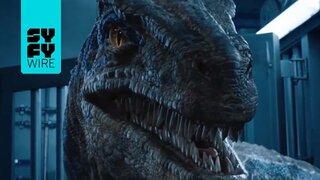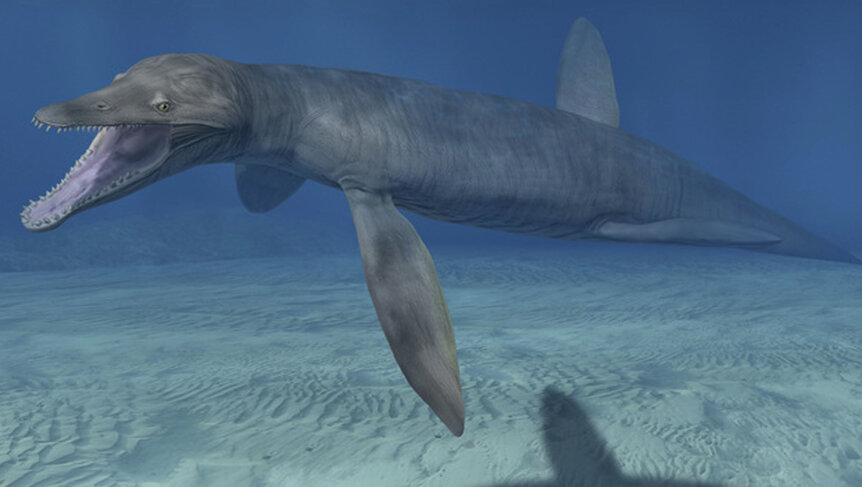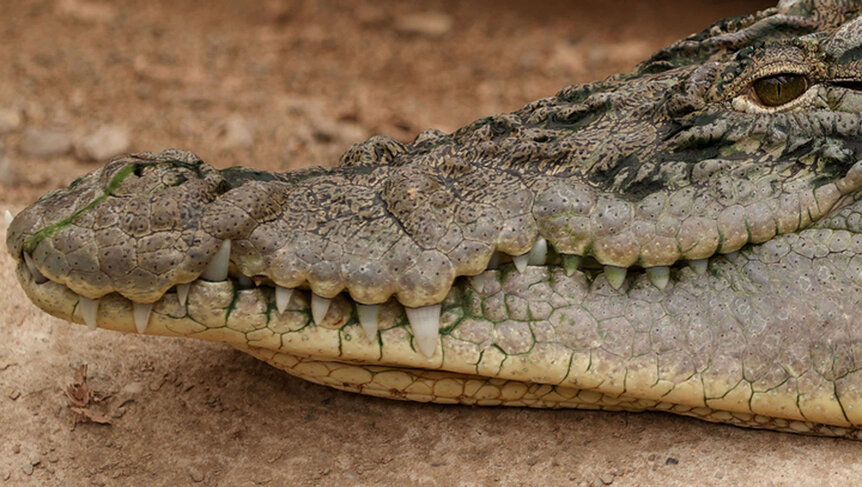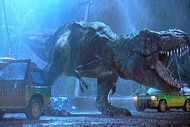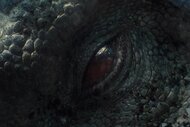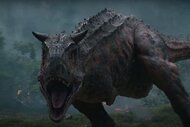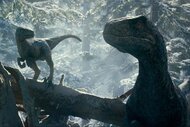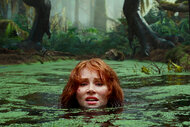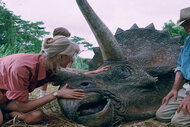Create a free profile to get unlimited access to exclusive videos, sweepstakes, and more!
Scientists Pull Gigantic Prehistoric Sea Monster Skull from Dorset Cliff Face
Paleontologists uncovered one of the best preserved pliosaur fossils ever found.
Jurassic World Dominion (streaming now on Peacock) is the culmination of a story more than 66 million years in the making. It was directed by Colin Trevorrow and cast by the slow machinations of evolution and natural selection (and a trio of human casting directors). Now, real world scientists have uncovered a gigantic pliosaur specimen powerful enough to be the new star attraction at Jurassic World.
Scientists Find a Prehistoric Sea Monster Buried in Dorset Cliff
Pliosaurs lived alongside the dinosaurs from the early Jurassic to the late Cretaceous. While their more famous dinosaurian counterparts were tromping across the land, pliosaurs were busy dominating prehistoric waters all over the world. Despite having “saur” at the end of their name, they weren’t actually dinosaurs but were instead a type of plesiosaur – a distinct type of marine reptile more closely related to modern crocodiles.
RELATED: Discovery of Freshwater Plesiosaurs Makes Loch Ness Monster ‘Plausible’
Unlike the more well-known plesiosaurs which had long necks and short, stubby heads (think the Loch Ness monster), pliosaurs had shorter necks and longer, croc-like heads which they used to rip prey animals to tatters in the water. The recently uncovered specimen was found at England’s Jurassic Coast, a 154 kilometer (96 mile) stretch of land from Exmouth to Dorset’s Studland Bay.
The formation covers a time period spanning from roughly 185 million years between the Triassic and the late Cretaceous. Fossils are so common in the area that they are practically falling out of the rock, and that’s only barely an exaggeration. Researchers pried the animal’s massive head – it measures two meters from the tip of its pointed snout to the base of the neck, and likely belonged to an animal 10 - 12 meters long from tip to tail – from a spot roughly 15 meters (50 feet) up a nearly sheer cliff face. Paleontologists hung themselves from rope and rigging while they chiseled the fossil free and lifted it to safety.
A few vertebrae stick out from the back of the skull, suggesting that more of the animal may still be locked inside the cliff. If that’s the case, paleontologists say we should go get it quickly. The cliff face is rapidly eroding, and with it, our opportunity to get the rest of the fossil out before it crashes back into the sea.
The Pliosaur's Vicious Bite and Weird Third Eye
The fossil has an estimated age of approximately 150 million years and is one of the most complete pliosaur skulls ever found. Both the top and bottom jaw are intact and mostly articulated in a life position. Two rows of jagged, threatening teeth sprout like thorns from the edges of the mouth. There are 130 flesh-ripping teeth in total, which the pliosaur would have used to chow down on other plesiosaurs, dinosaurs, sharks, cetaceans, and anything else unfortunate enough to get in its way.
RELATED: Pliosaur bones recently dug up in Krzyżanowice, Poland
By examining the openings in the skull, scientists were able to estimate the size of the attached muscles and their approximate power. Suffice it to say that this pliosaur could have cracked a person in half without breaking a sweat. Researchers clocked its bite force at roughly 33,000 newtons. That’s more than twice the bite strength of modern saltwater crocodiles, which top the modern bite strength charts at roughly 16,000 newtons. A human bite is almost laughable in comparison, at a paltry 300 newtons of force. And that’s not all the skull can tell us.
Based on the structure of the head, researchers believe it likely fed like a modern crocodile by clamping its massive jaws down on prey and twisting or shaking to tear them apart. Small pits all over the snout may have housed glands which helped the animal sense changes in nearby water pressure. There is also evidence of a parietal eye, also known as a pineal eye and more commonly, a third eye. Parietal eyes are light sensitive organs which are smaller and less complex than true eyes, present in a wide variety of animals including the tuatara, some lizards, amphibians, and fish. They are believed to be involved in sensing light for the purposes of maintaining circadian rhythms and producing hormones.
The fossil is still being studied and will likely continue to reveal new information for years to come. The specimen will also be featured in a nature special hosted by Sir David Attenborough on January 1, 2024. The special will air on PBS in the United States on February 14, 2024.
In the meantime, you can see all manner of prehistoric animals in the flesh, as it were, in Jurassic World Dominion, streaming now on Peacock.
